Did you know that one of the largest populations of all Black Oak trees in southern California is in the San Bernardino National Forest?
High Trails is surrounded by these majestic beings and we get to view the their colorful beauty. The Black Oak, like all other plants, needs the help of biotic and abiotic factors to reproduce. Both animals and gravity help most trees disperse seeds; in the case of the Black Oak, animals play the biggest role.

Step 1 In Oak Reproduction: The Seed
With black oaks, the seed is an acorn. When an acorn falls from the tree, it will not be able to germinate, or grow, because the large tree creates so much coverage limiting sunlight and rainfall that helps the acorn on its burrowing process.. Seed-catching birds and mammals are the ones in charge of the spread of the acorns. The list of dispersers can be quite long, but the most important ones are the Scrub Jay and the Western Gray Squirrel.
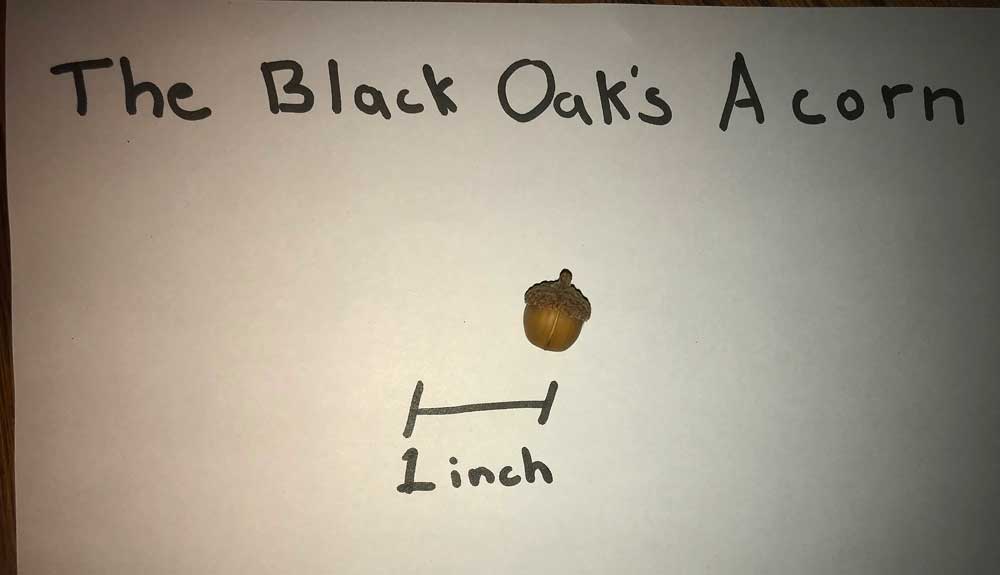
These two common animals of the forest play such a large role in the reproduction of the forest since they are acorn-caching animals. These are animals that gather their food (in this case, acorns) and bury them underground to come back to them later. Acorn-caching animals are very important for the reproduction of the black oak, because if an acorn is exposed to a couple hours of sunlight during its germination process it will die and not be able to become a sapling. Therefore these animals that are burying or caching the acorns are protecting the acorns from the elements during their germination process.
Step 2 in Oak Reproduction: The Spreaders of the Seed
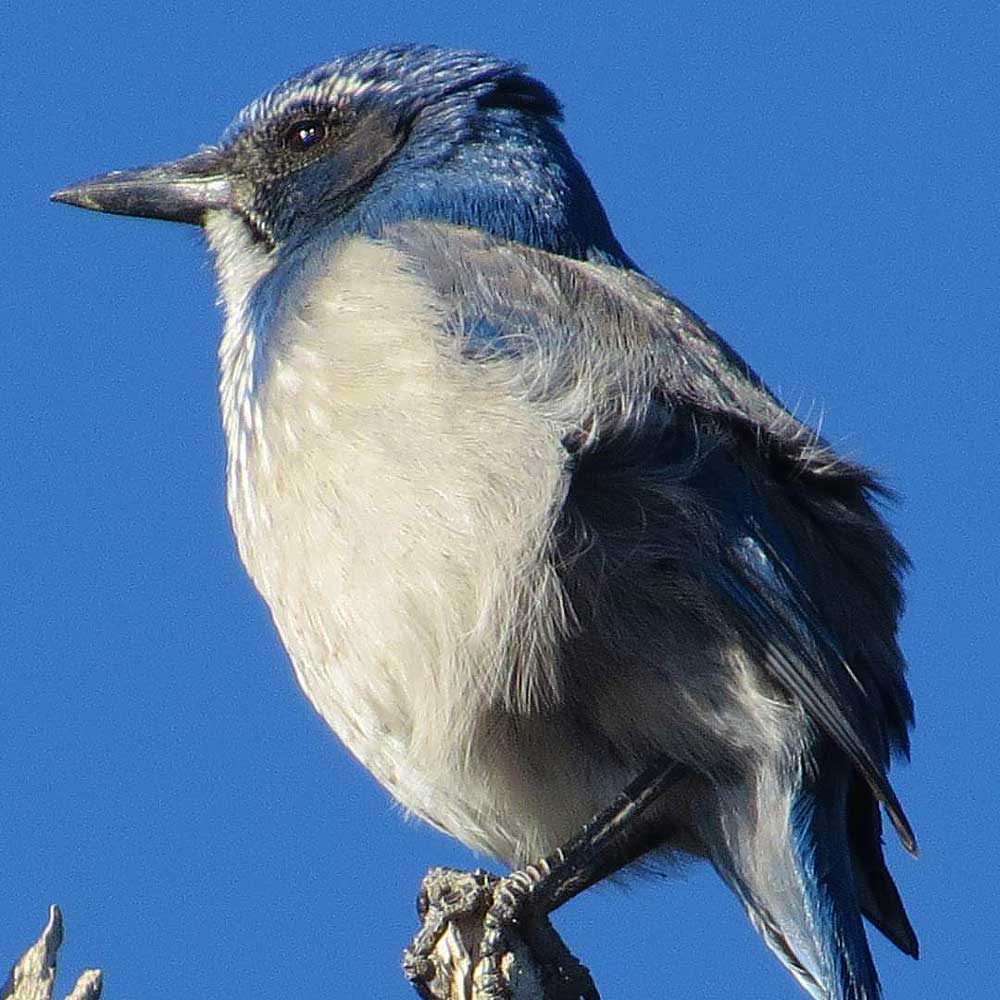
The Scrub Jay is a beautiful blue bird that lives in the low elevation sections of the San Bernardino National Forest. They enjoy dry areas and oak woodlands where they can find plenty of food and protect themselves from predators. When it comes to their diet, Scrub Jays eat almost exclusively acorns; they will go under oak trees and pick acorns which they cache underground in the forest floor with the intention of retrieving them later. Do they always go back for their food? Scrub Jays in the San Bernardino National Forrest collect and move a large amount of acorns around the forest every fall. , but they only retrieve and eat some of them, unintentionally allowing the rest of the acorns to grow in to more oak trees and replenishing the forest.
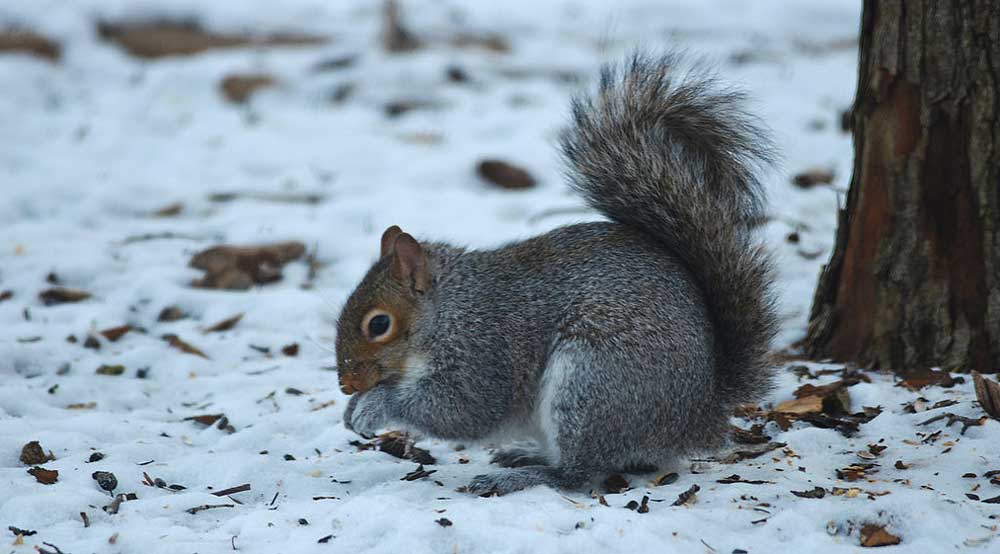
One of the most common mammals we see in the forest, the Western Gray Squirrel, can be found in elevations of up to 7,000 feet above sea level and like to live in chaparral and woodlands. They love to eat seeds, more specifically pine seeds, and of course acorns, because of the high levels of fats and complex carbohydrates. Just like the Scrub Jays, the Western Gray Squirrel collects most of its food in the fall and scatters it around under the forest floor. Although Western Gray Squirrels are pretty good at retrieving the acorns, they leave a significant number of their cached acorns buried which will become seedlings in the spring time.
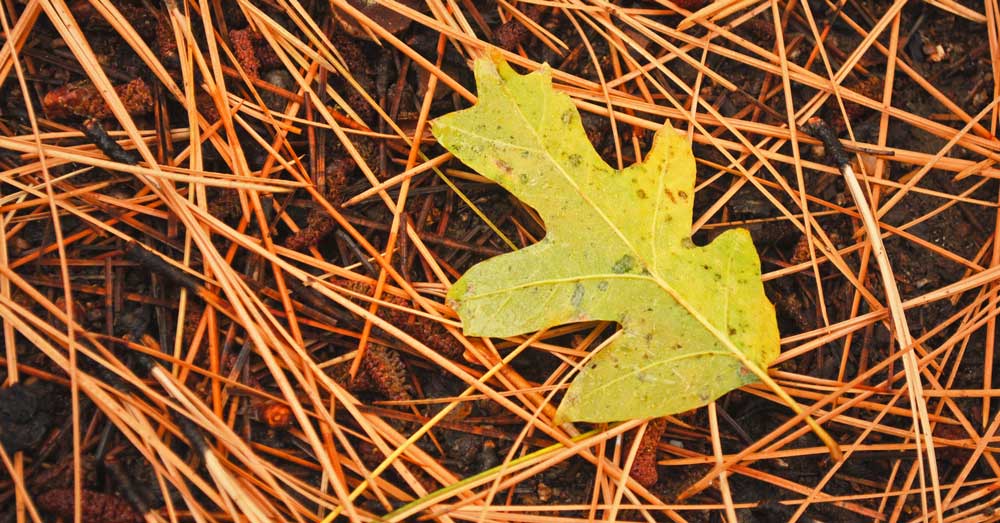
Seed dispersal of the Black Oak is a step in the reproduction of these trees that we often forget about, but it is extremely crucial for the development of Black Oak populations around the world. The Black Oak is a tree that provides home, food, and protection to many organisms from the smallest, like ants and fungi, to some of the biggest, like bobcats and many birds. The Western Gray Squirrel and the Scrub Jay, two examples of animals helping trees reproduce, are just a small percentage of all the relationships nature has created between two or more organisms.
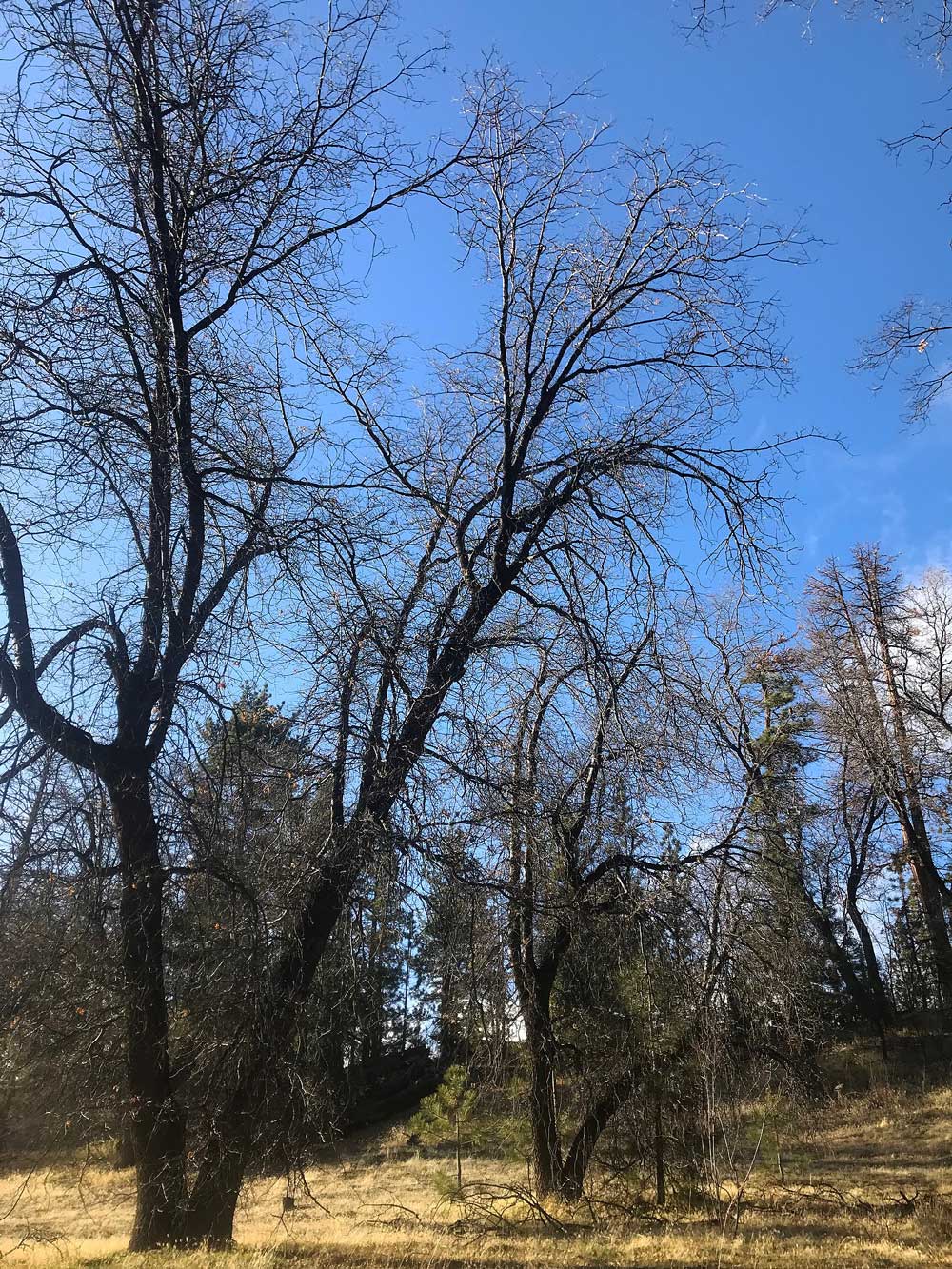
At High Trails Outdoor Science School, we literally force our instructors to write about elementary outdoor education, teaching outside, learning outside, our dirty classroom (the forest…gosh), environmental science, outdoor science, and all other tree hugging student and kid loving things that keep us engaged, passionate, driven, loving our job, digging our life, and spreading the word to anyone whose attention we can hold for long enough to actually make it through reading this entire sentence. Whew…. www.dirtyclassroom.com







Comments are closed.